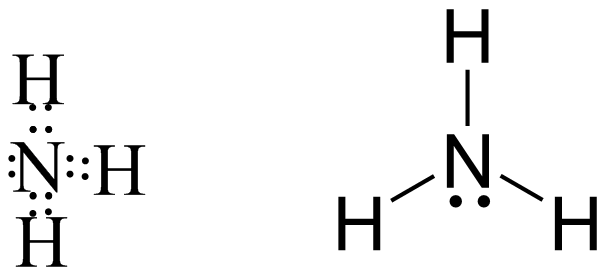
Among
A)
B)
C)
D)
Answer
465.9k+ views
Hint:A compound will be covalent or ionic is based on the oxidation state of the central atom present in the compound if it exceeds a predefined value the compound is covalent else it is ionic in nature. All the metal hydrides of group one of periodic table are ionic in nature due to high electro-positive nature of alkali metals.
Complete step by step answer:
As we know that sodium
Also if we find the oxidation state of sodium is
Calcium
Just like sodium, calcium also exist in a very low oxidation state of
Now coming to

Finally coming to
Forms a three centered two electron covalent bond in

Borane Diborane
Thus from the above four hydrides only two that are
Making option ‘A’ as the correct option.
Note:
The special type of three centered two electron covalent bond in
Complete step by step answer:
As we know that sodium
Also if we find the oxidation state of sodium is
Calcium
Just like sodium, calcium also exist in a very low oxidation state of
Now coming to

Finally coming to
Forms a three centered two electron covalent bond in

Borane Diborane
Thus from the above four hydrides only two that are
Making option ‘A’ as the correct option.
Note:
The special type of three centered two electron covalent bond in
Recently Updated Pages
Master Class 12 Economics: Engaging Questions & Answers for Success

Master Class 12 Maths: Engaging Questions & Answers for Success

Master Class 12 Biology: Engaging Questions & Answers for Success

Master Class 12 Physics: Engaging Questions & Answers for Success

Master Class 12 Business Studies: Engaging Questions & Answers for Success

Master Class 12 English: Engaging Questions & Answers for Success

Trending doubts
The probability that a leap year will have only 52 class 12 maths CBSE

Draw a labelled sketch of the human eye class 12 physics CBSE

The final image formed by a compound microscope is class 12 physics CBSE

Differentiate between homogeneous and heterogeneous class 12 chemistry CBSE

What are the major means of transport Explain each class 12 social science CBSE

Which of the following properties of a proton can change class 12 physics CBSE




